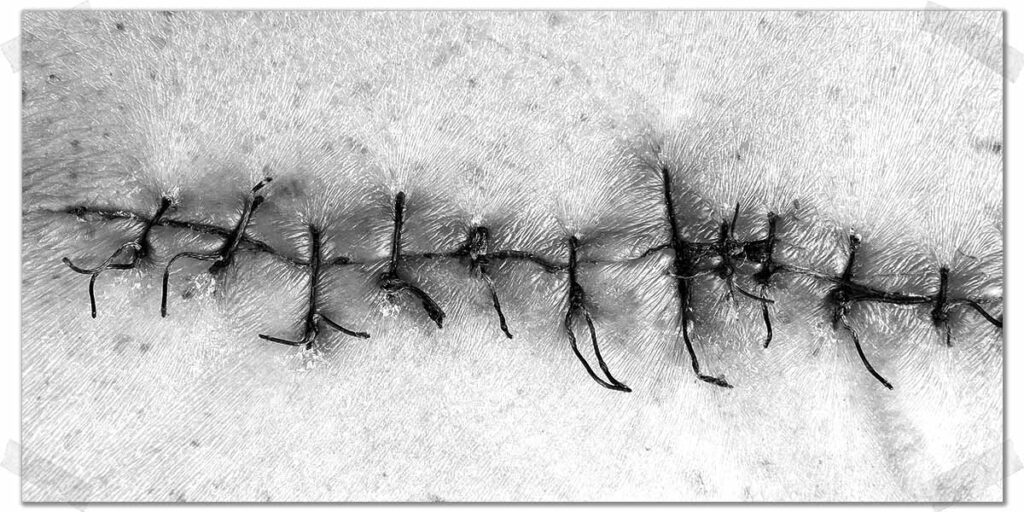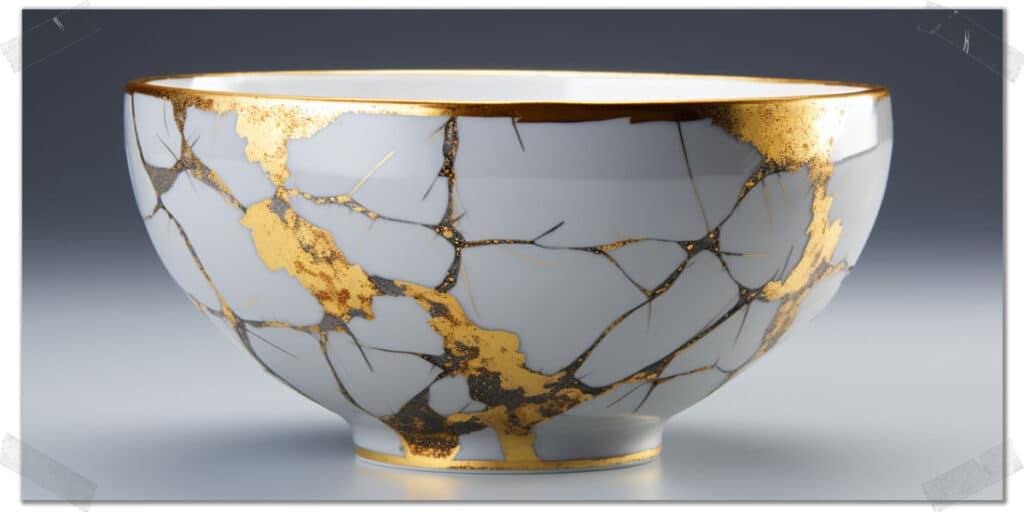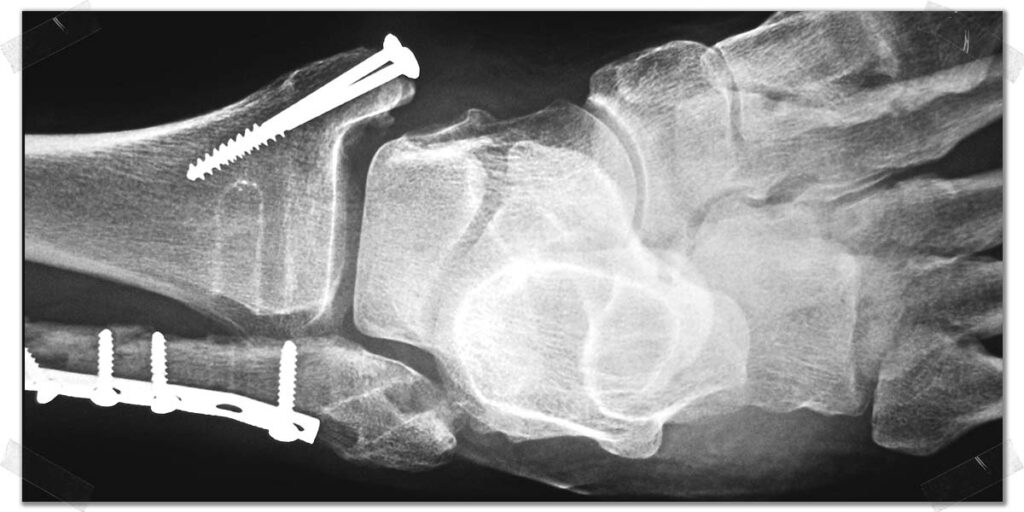As a physical therapist, I work with patients who have some seriously gnarly scars. I have the privilege of helping amazing individuals who have been in horrible car crashes, suffered absolutely gruesome sports injuries, and sustained other disfiguring injuries from physical trauma.
Throughout my time in this gig, I’ve seen enough of how it can affect people, so I want to talk about it and offer my two cents for anyone who might be feeling less than cosmetically perfect following injury.
And even if this doesn’t happen to be you, I think there’s something in the following message that you can apply to life in general. We all have scars, physical or emotional. And if you don’t, it’s only a matter of time. As my one friend always says, “life is accumulated damage”.
So, let’s look at a beautiful Japanese concept using broken pottery and talk about it.

A small request: If you find this article to be helpful, or you appreciate any of the content on my site, please consider sharing it on social media and with your friends to help spread the word—it’s truly appreciated!
Wounds and Scars: Concealing vs revealing

It’s a pretty awful feeling when we feel cosmetically less than perfect, especially in our current society, which places a heavy emphasis on cosmetic perfection. Wounds and disfigurement from physical trauma don’t seem to fit in nicely with a lot of modern-day societal expectations.
And what I see from time to time is a patient who confides in me that they feel ugly or blemished from the scars or cosmetic defects that remain following their injury. And let’s be honest, it’s completely understandable.
If it’s really bringing them down, I’ll encourage them to work with a psychologist who can further help them explore these feelings. But most of the time, these patients simply confide in me with the fact they feel self-conscious about how they now appear.
Related article: Tactics for Injury: Navigating The Path To Recovery
Life can be challenging when we’re used to things being a certain way, only to suddenly experience change for the worse—change we never asked for. Finding our physical appearance suddenly altered in ways we deem to negatively impact our aesthetic quality can have profound negative effects on our mental well-being.
Naturally, whenever I hear my patients state this is what they’re going through or how their scars are making them feel, my mind always goes to the thought of Kintsugi.
Embracing our Wounds: The concept of Kintsugi

There’s a beautiful concept in Japanese culture known as Kintsugi, which takes all of our thinking toward cosmetic perfection and the belief of hiding flaws and turns all of it entirely upside down. And I think it is absolutely beautiful.
Kintsugi is the Japanese art of repairing broken pottery using a lacquer containing gold, silver, or platinum. Rather than trying to put things back together in a manner that disguises or hides what was once broken, the aim becomes to see the beauty in broken things and embrace the flawed or imperfect. It honours past events involving breakage and repair rather than concealing it.
“Not only is there no attempt to hide the damage, but the repair is literally illuminated…”
What was once broken and deemed to be the demise of the pottery itself becomes an opportunity to illuminate and give value to its history.
As humans, when we physically break, we can be repaired with rods, screws, plates, sutures, skin grafts, transplants, amputations, and other interventions that leave us looking different than before. “Less perfect,” if you will.
Modern medicine only takes us so far in terms of cosmetic repair, and I know many of my patients often wish it could take us further. Maybe this is where the concept of Kintsugi can present itself as a reminder that we can pick up where modern medicine leaves off. Maybe we can find a way to create something beautiful based on what has gone wrong in the past.
Related article: How to Stay Fit & Active When Injured (Yes, It’s Possible)
I find there to be something immensely beautiful and powerful in adopting a mindset that believes we can take what is said to be the inglorious and turn it into the immaculate if we so choose. If this is a concept that resonates with you or you feel it may be helpful for you to explore, I would encourage you to do so.
Reframing Our Scars: Moving from Blemish to Beauty

Look, if you have physical scars that bother you, in no way am I downplaying what you have gone through, nor am I telling you how to view your trauma or live your life.
Full transparency here, I don’t know how I would cope if I were in the shoes of many of my patients. We all need to navigate these things in our own ways. What I do know, though, is that for those who feel self-conscious or of lesser value following injury, big or small, your value is not tied to your appearance.
And maybe it’s worth exploring, either by ourselves or with the help of others, the belief that our scars shouldn’t be hidden or seen as defects. Maybe, with practice, we can embrace them as something that becomes a beautiful part of our story. Maybe Kintsugi can teach us that the imperfect can be seen as beauty rather than blemish.
Final thoughts
Alright everyone, I love you lots and want the best for you. Keep looking after yourselves, keep looking after one another, keep making great things happen, and most importantly, keep fighting the good fight!

Hi! I’m Jim Wittstrom, PT, DPT, CSCS, Pn1.
I am a physical therapist who is passionate about all things pertaining to strength & conditioning, human movement, injury prevention and rehabilitation. I created StrengthResurgence.com in order to help others become stronger and healthier. I also love helping aspiring students and therapists fulfill their dreams of becoming successful in school and within their clinical PT practice. Thanks for checking out my site!

